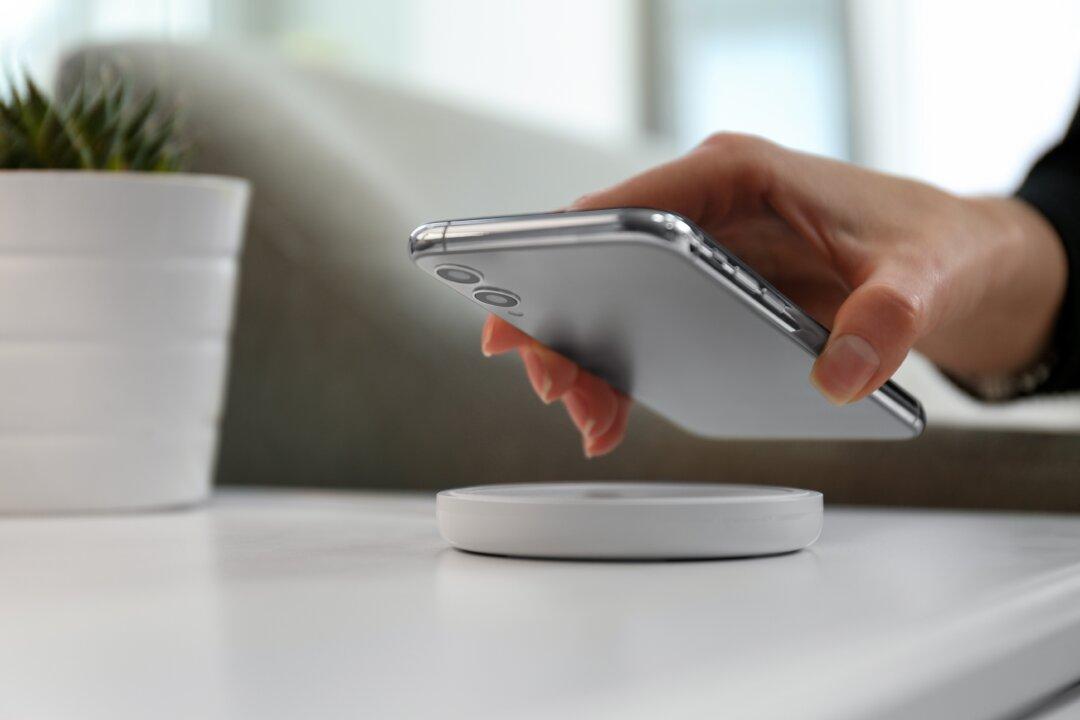Smartphones, and the wireless frequency that runs them, have revolutionized the way we live. But are they as safe as we are told? A federal court ruled that regulators must reconsider the nation’s wireless safety standard due to extensive evidence of harm.
Since 1996—back when cellphones were rare and brick-sized—the Federal Communications Commission (FCC) deemed that exposure to the non-ionizing radiation emitted from wireless devices caused no health issues.






